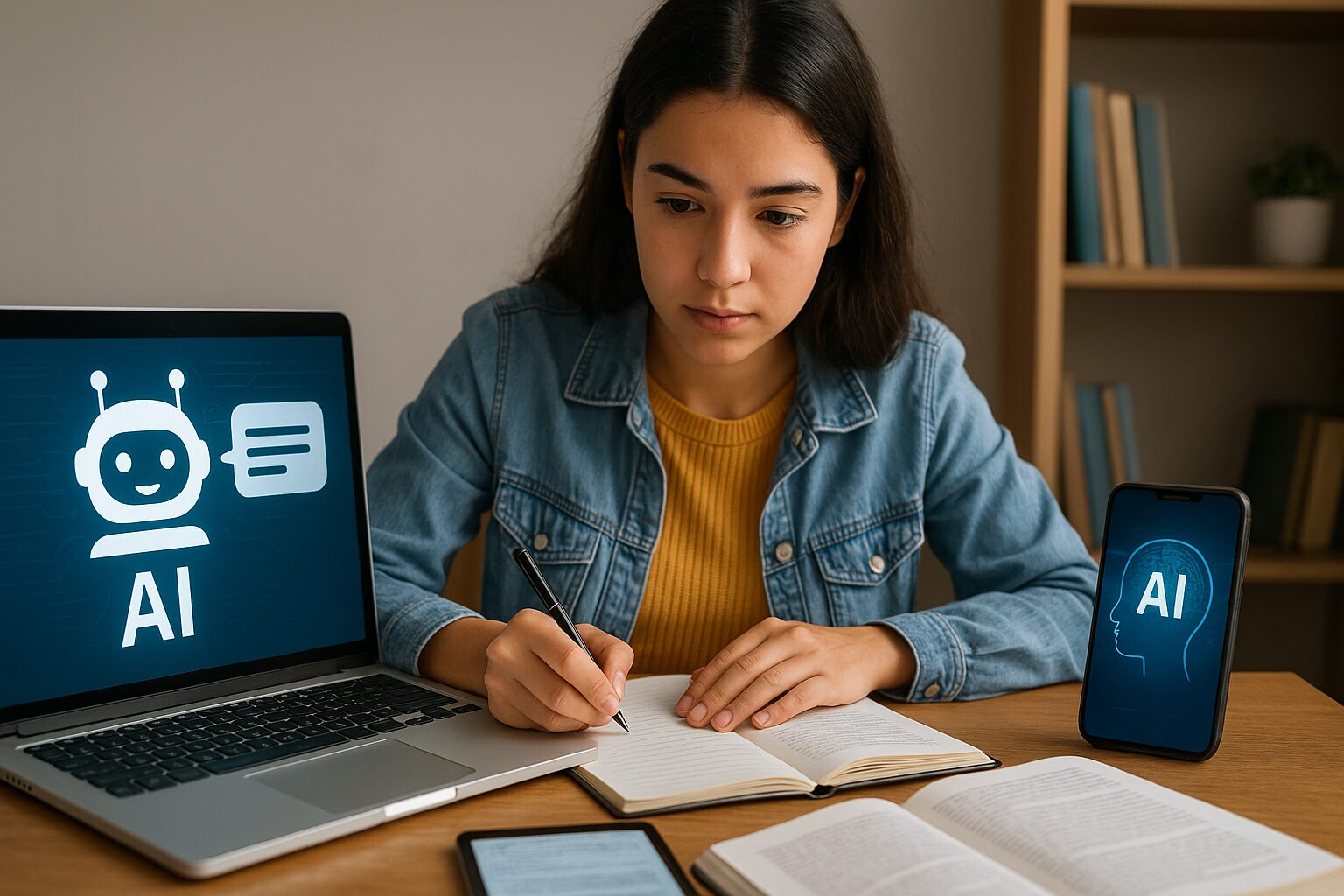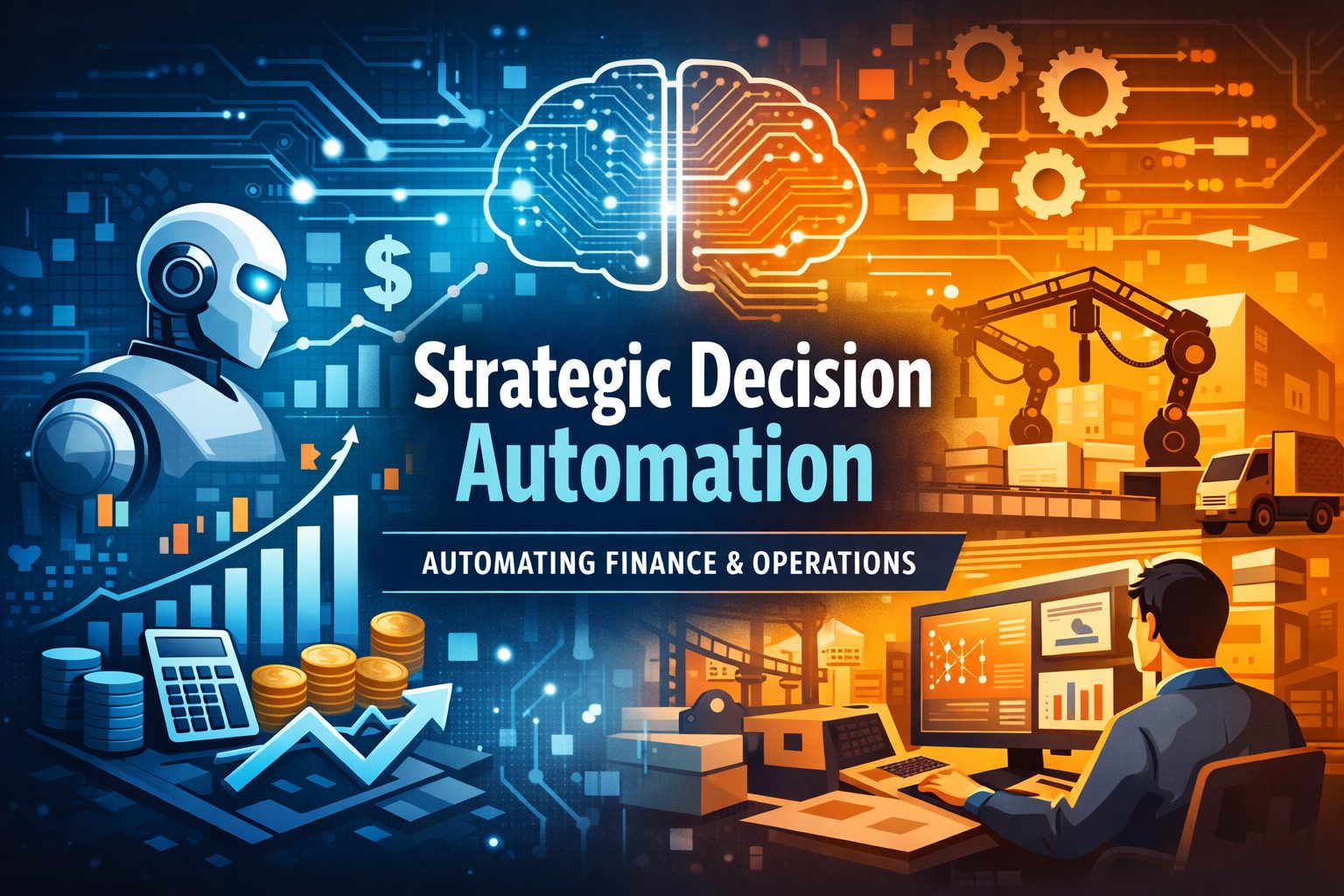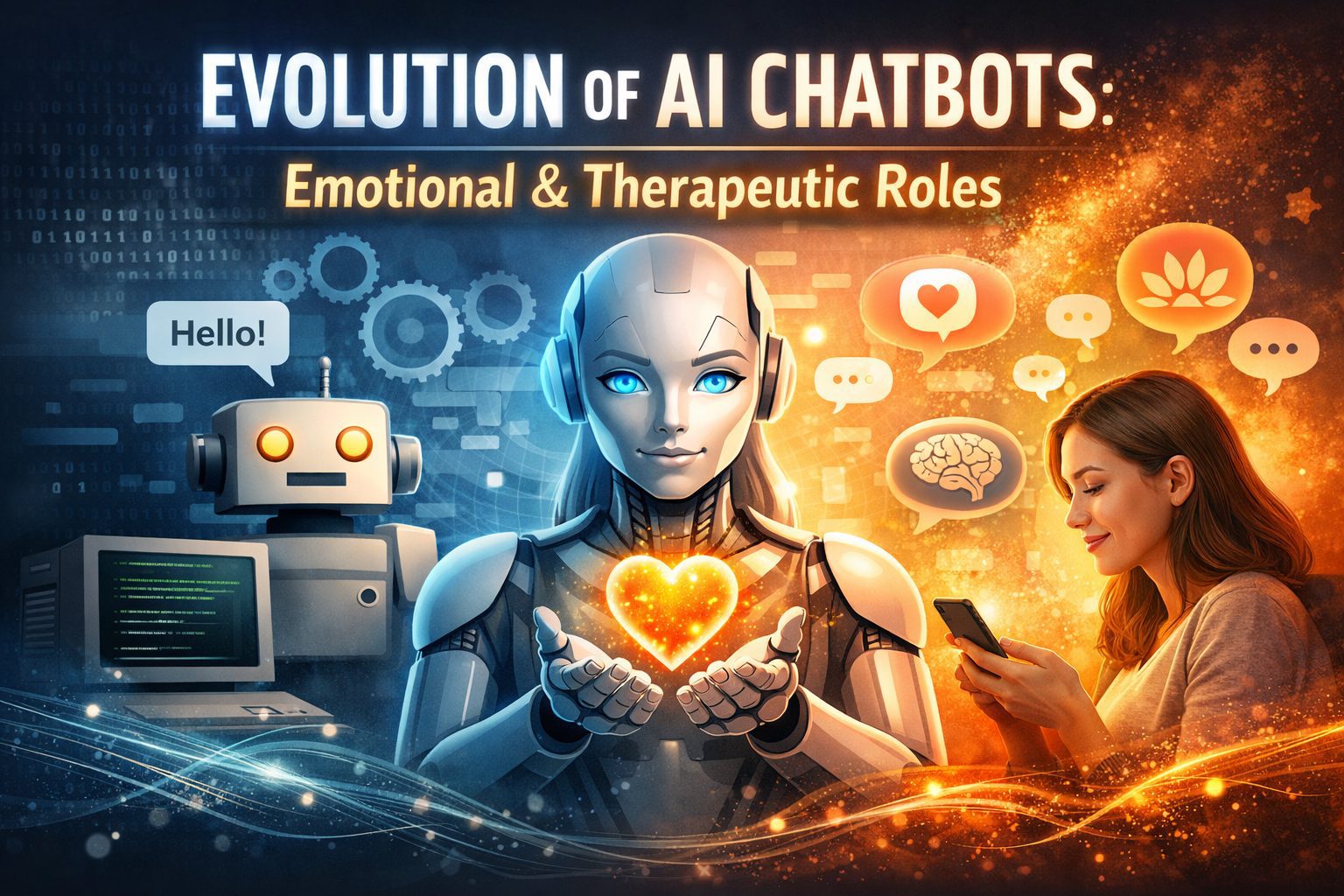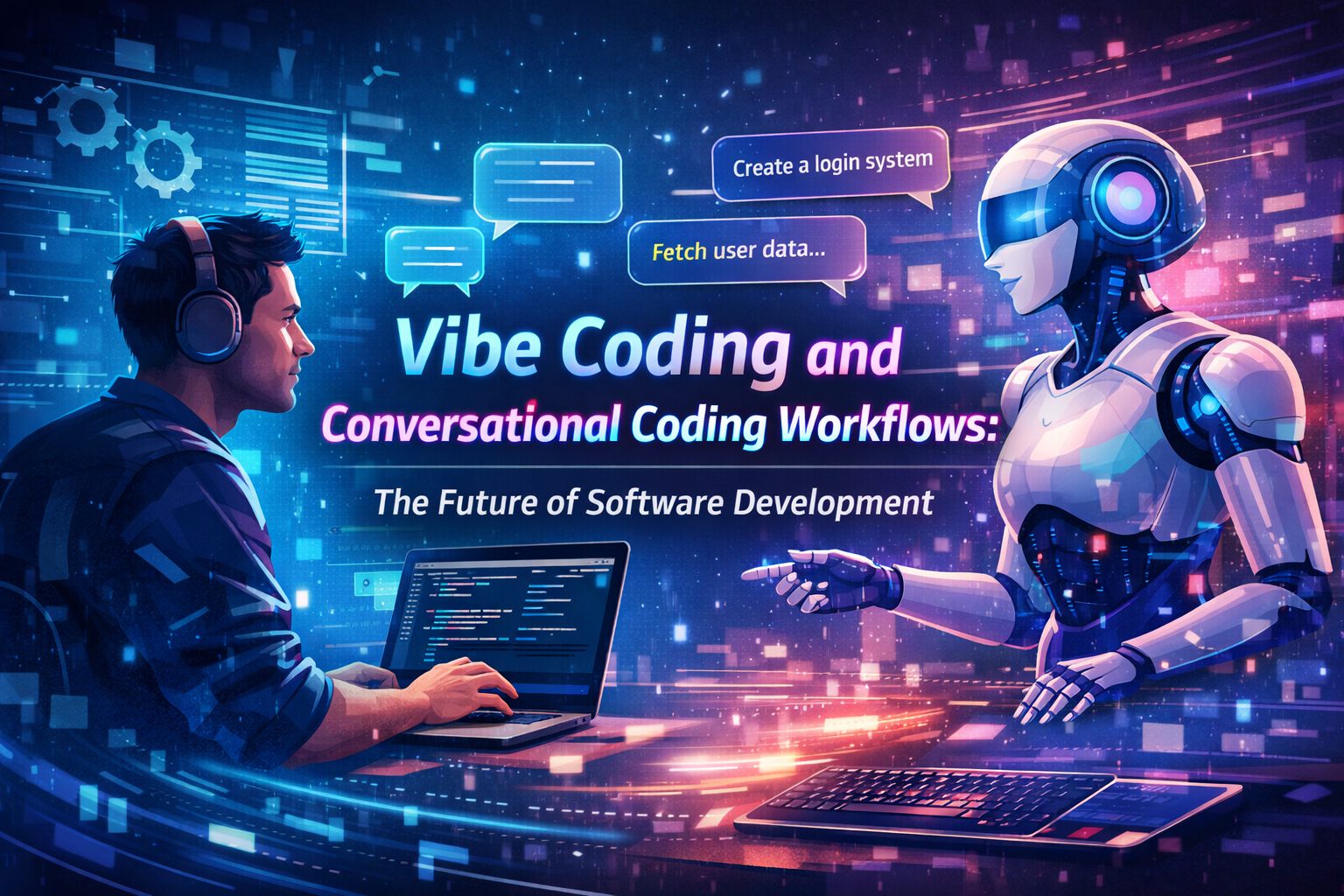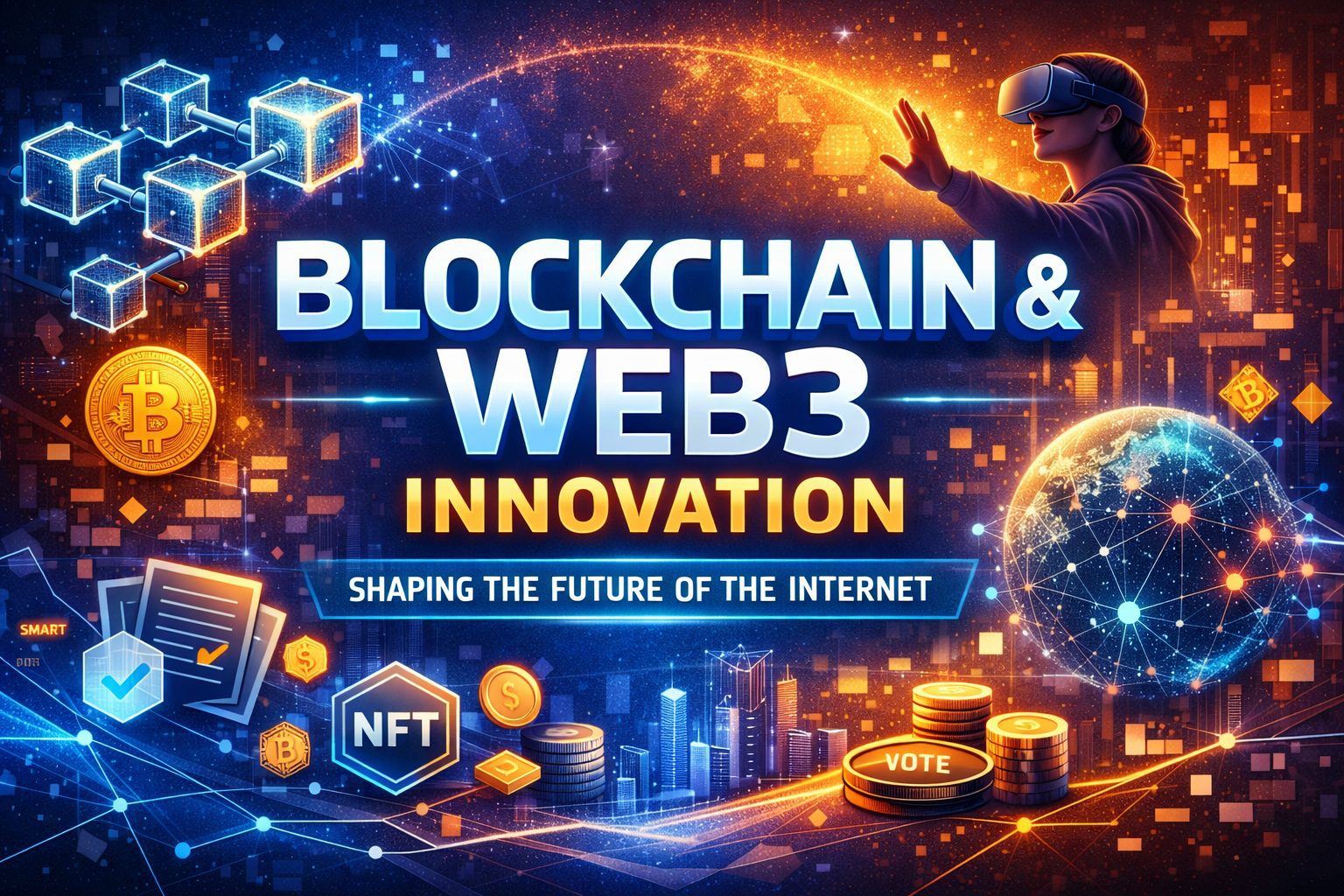Artificial Intelligence (AI) has rapidly evolved from being a futuristic concept to becoming an everyday learning companion for students across the globe. In 2025, AI has become a cornerstone of modern education—reshaping how students learn, research, collaborate, and achieve academic success. From personalized tutoring and essay generation to automated research and problem-solving, AI is empowering students to study smarter, not harder.
1. Personalized Learning Experiences
One of the most transformative impacts of AI in education is personalization. Unlike traditional classroom methods that use a one-size-fits-all approach, AI-powered platforms adapt learning content to match each student’s pace, strengths, and weaknesses.
For example, platforms like Khanmigo, Quizlet AI, and ChatGPT can analyze a student’s performance and provide customized study recommendations. Whether a student struggles with algebra or wants to excel in creative writing, AI tools deliver tailored lessons, quizzes, and feedback that promote better understanding and retention.
This level of personalization not only boosts academic performance but also makes learning more engaging and less stressful.
2. Smarter Research and Writing Assistance
AI-driven writing assistants are changing how students conduct research and create academic content. Tools like Grammarly, ChatGPT, and Google Bard help students brainstorm ideas, write essays, correct grammar, and even generate citations in seconds.
Students no longer spend hours compiling information from multiple sources—AI can summarize lengthy academic papers, highlight key points, and suggest reliable references. This not only saves time but also encourages students to focus on critical thinking and creativity instead of repetitive manual work.
AI also plays a big role in academic honesty, as plagiarism detection systems like Turnitin AI ensure originality and proper citation, maintaining the integrity of student work.
3. AI Tutoring and Study Companions
AI tutors are becoming the 24/7 mentors students can rely on. These intelligent systems can explain complex topics, solve math problems step-by-step, and provide feedback instantly.
Platforms like Duolingo Max, Socratic by Google, and Photomath use natural language processing and computer vision to guide students through lessons interactively. This on-demand tutoring experience bridges educational gaps, especially for students who may not have access to private tutors or extra classes.
AI chatbots and learning assistants also create a more conversational experience, making education feel less like a lecture and more like a collaborative discussion.
4. Enhancing Creativity and Innovation
AI isn’t just about calculations—it’s also fueling creativity. Students can now use AI to design projects, generate digital art, compose music, or build coding prototypes. Tools like Canva AI, Runway ML, and ChatGPT Vision help students transform their ideas into reality, empowering them to think beyond traditional boundaries.
For creative writing students, AI can generate story prompts or edit drafts, while for design students, it can assist in generating visual concepts instantly. This encourages innovation and allows students to focus on refining their ideas rather than getting stuck in the early stages of creation.
5. Accessibility and Inclusivity in Learning
AI is also helping bridge accessibility gaps in education. Students with disabilities benefit from AI-powered tools like speech-to-text, text-to-speech, and language translation, which make learning more inclusive.
For instance, visually impaired students can use screen readers enhanced by AI, while non-native speakers can translate content into their preferred language. This ensures that education becomes truly global—accessible to everyone regardless of location, language, or physical ability.
6. Time Management and Productivity Boost
Balancing studies, assignments, and personal life can be challenging, but AI tools are helping students manage their time more efficiently. Smart scheduling assistants and AI-based note-taking apps like Notion AI and Otter.ai allow students to organize tasks, record lectures, and summarize discussions automatically.
AI-powered reminders and productivity trackers help students build better study habits, reduce procrastination, and stay on top of deadlines—all while reducing cognitive overload.
7. Preparing Students for the Future Workforce
In today’s digital economy, understanding AI is no longer optional—it’s essential. By integrating AI into their studies, students are gaining early exposure to the technologies that will dominate future industries.
Learning how AI works, how to prompt AI models effectively, and how to combine human intelligence with machine efficiency prepares students for future careers in data science, automation, business analytics, and more.
AI literacy is becoming as important as digital literacy once was—and students embracing it today are positioning themselves as the innovators of tomorrow.
8. Ethical Learning and Responsible AI Use
While AI brings enormous benefits, students must also learn to use it responsibly. Schools and universities are introducing AI ethics courses to teach students about transparency, data privacy, and bias in AI systems.
It’s important for students to understand that AI should support learning—not replace it. Ethical use of AI involves critical thinking, fact-checking, and respecting academic integrity while leveraging AI as a creative and analytical partner.
Conclusion
AI for students is not just a trend—it’s a transformative movement redefining how education works in 2025. From personalized learning paths to instant tutoring and creativity tools, AI empowers students to become more independent, curious, and future-ready.
As artificial intelligence continues to evolve, it’s clear that the students who learn to collaborate with AI—not compete against it—will be the ones leading the next generation of innovation, problem-solving, and global progress.

